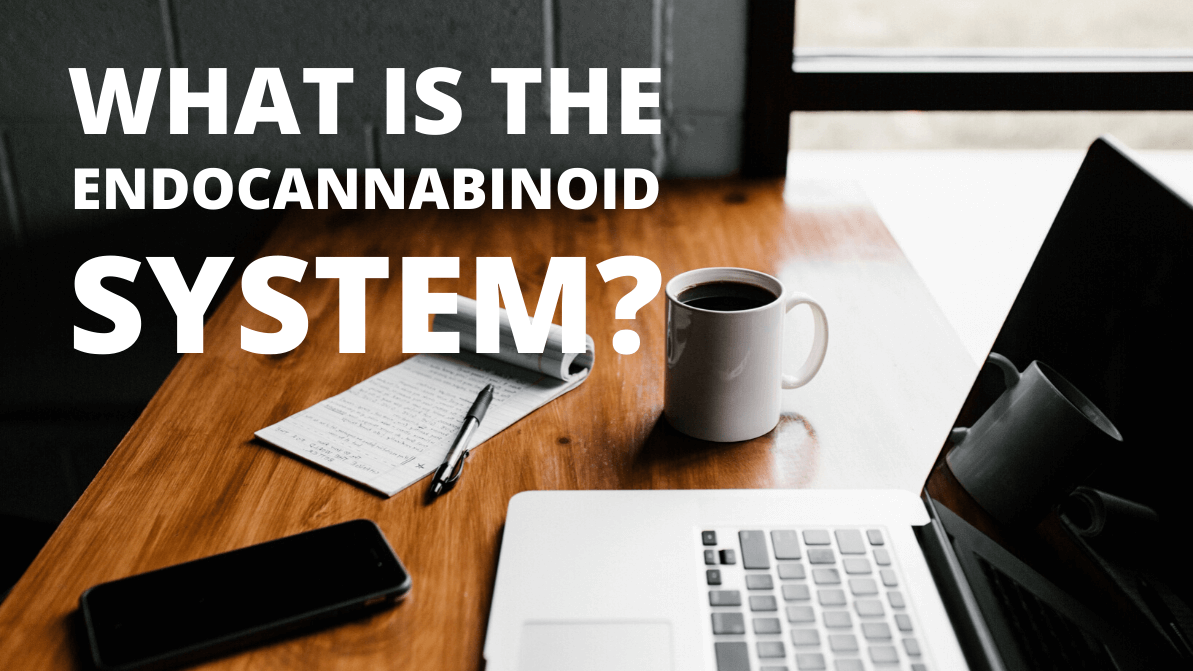Do You Know About The ECS?
There’s no shame in saying “no.” At one point, nobody knew about it. This is most definitely an odd notion to ponder, especially when you consider how far-reaching the effects of the endocannabinoid system (ECS, for short) are on your body.
The endocannabinoid system refers to “endogenous cannabinoids,” which are produced naturally inside your body. In the ECS, endocannabinoids interact with receptors in your nervous system, as well as enzymes that break down various cannabinoids. The ECS is one of many components that helps human beings maintain a steady equilibrium in their physiological makeup.
What Are Endocannabinoids?
Endocannabinoids, as well as phytocannabinoids such as CBD, are neurotransmitters, “messengers” that move between cells in your body. These neurotransmitters are generally derived from a foundation of lipids, a soluble biochemical. Lipids are one of the reasons why CDB is fat-soluble. Other prominent examples of “messengers” include serotonin and dopamine, which can trigger pleasure receptors throughout your body. The job of the endocannabinoid system is to act in accordance with the needs of your body as you inhabit it.
How Does The ECS Work?
In the ECS, the messengers occur as a result of your body’s neurons connecting with one another. These connections are vital to feeling balanced, healthy, and capable in your day-to-day life, at least on a physical level. The neurotransmitters are born as presynaptic cells before they chart a course across the synapse, en route to various receptors throughout your body. This often triggers physical action – it’s a version of your brain telling your body what to do.
These aforementioned messengers regularly interact with what are called receptors. There are actually specific cannabinoid receptors in the body that your endocannabinoid system reacts to when marijuana enters your bloodstream. When you ingest too much THC and start experiencing an excess of lethargy or anxiety, it often means that your own endocannabinoid system is out of balance.
With CBD, this problem we’ve just described occurs less frequently. As many of you who read the site regularly will know CBD, or cannabidiol, is a cannabinoid that is entirely bereft of psychoactive properties. This means that CBD interacts with the receptors we just mentioned with less intensity. This is more or less how CBD fits within the larger endocannabinoid system.
What Is Homeostasis?
Homeostasis is an integral part of how the ECS works within your body. Homeostasis essentially involves the preservation and sustenance of your body’s internal equilibrium; keeping your body’s temperature steady, balancing your body’s fluids, these sorts of things. Homeostasis exists to stabilize your body in relation to its larger environment. If your heart is beating rapidly or you’re feeling fatigued and sluggish: homeostasis. The endocannabinoid system helps to support homeostasis within your body by working with receptors that alert you to certain conditions, such as soreness or a headache.
What Are CB1 & CB2?
There are two primary kinds of cannabinoid receptors: CB1 and CB2. CB1 interacts almost exclusively with the central nervous system, whereas CB2 deals with the digestive system, the immune system and various nerves in the body’s assorted extremities. There are more CB1 receptors than CB2 receptors, and certain scientists have hypothesized that there may very well be a third category that exists that we have yet to categorize. Through use of these aforementioned receptors, the ECS helps to direct and maintain various physiological utilities, including digestion, sleep, fertility and appetite, among others.
There are CB receptors located throughout your body. CB1 receptors are largely responsible for your brain functioning the way it does, and can be tied to things like mood, hunger and basic motor skills. It’s also the part of your brain that can be hit the hardest by the psychoactive properties of THC – which, as you may know, is not an issue you face when you consume a CBD product. CBD is not capable of binding to CB1 receptors as strongly as other cannabinoids, favoring other realms of the endocannabinoid system.
Understandably, this is a lot of scientific information for you to take in all at once. It might come as a surprise to know that this is really just the basic, bare-bones primer for how the endocannabinoid system affects your body. If you remain curious, there is a great deal more scientifically comprehensive literature on the web for you to dive into headfirst. That said, we’ve outlined the broad strokes of why this system is so integral to your body’s basic functions here, and we hope that you’ve enjoyed reading.



